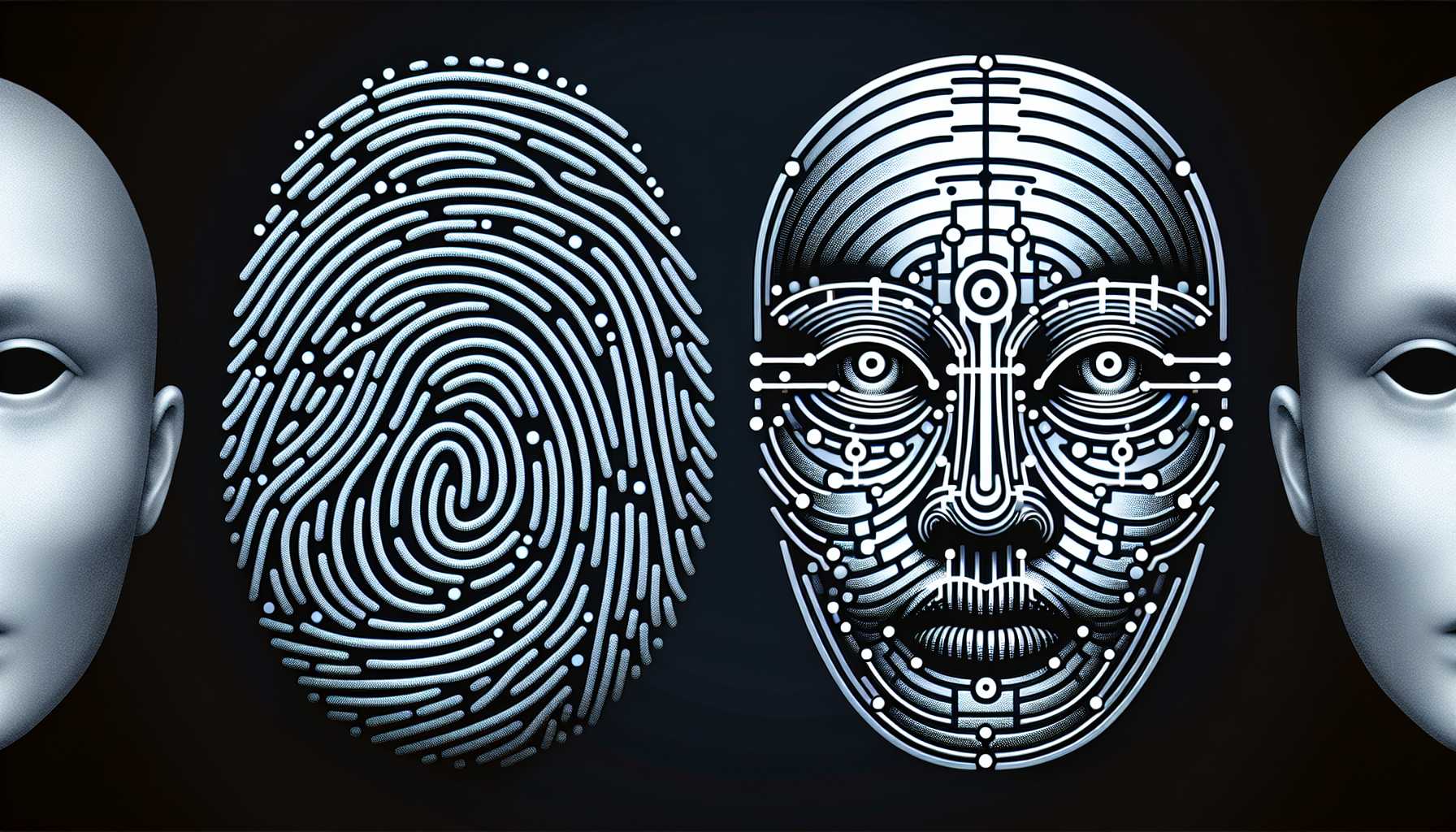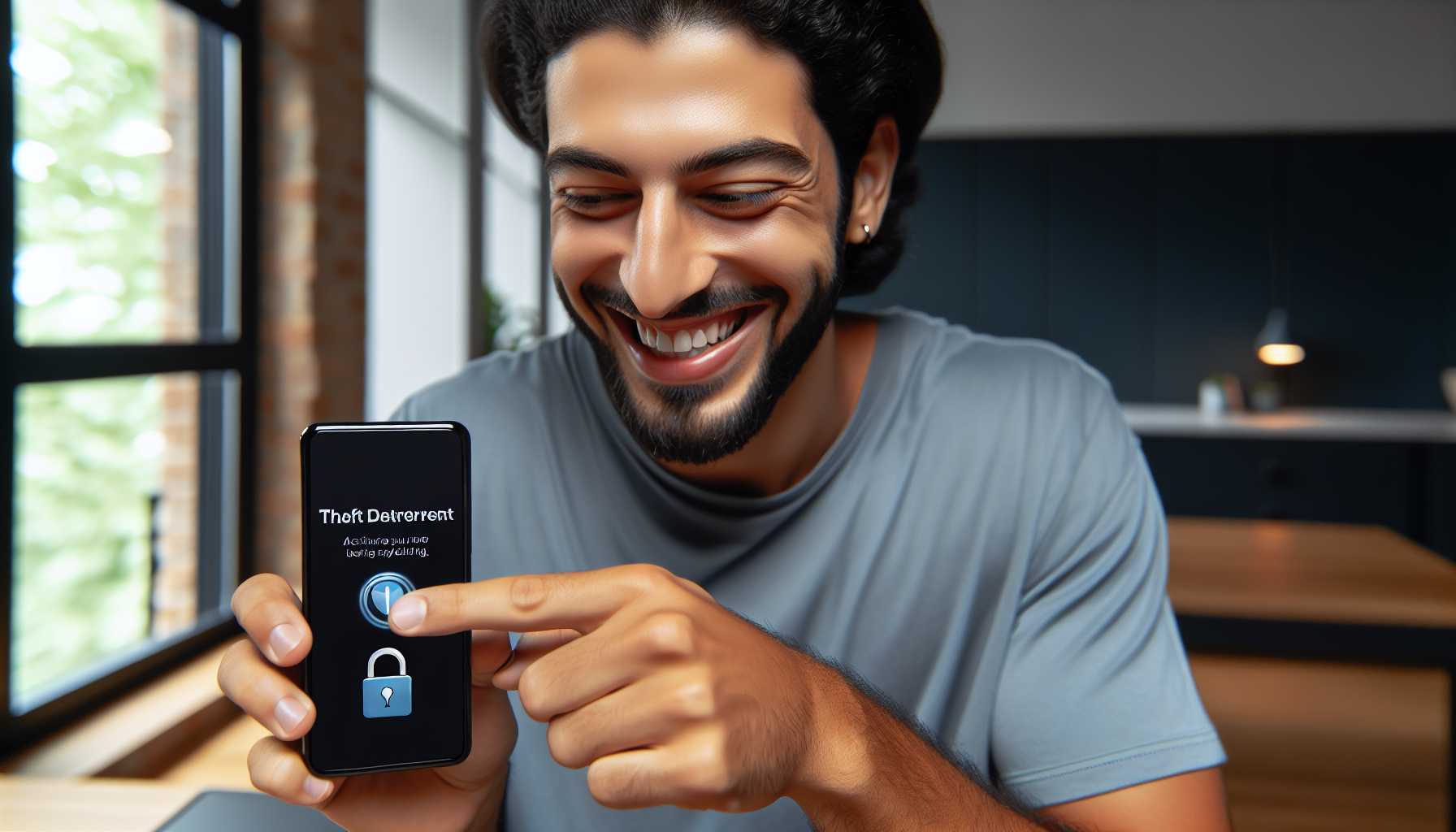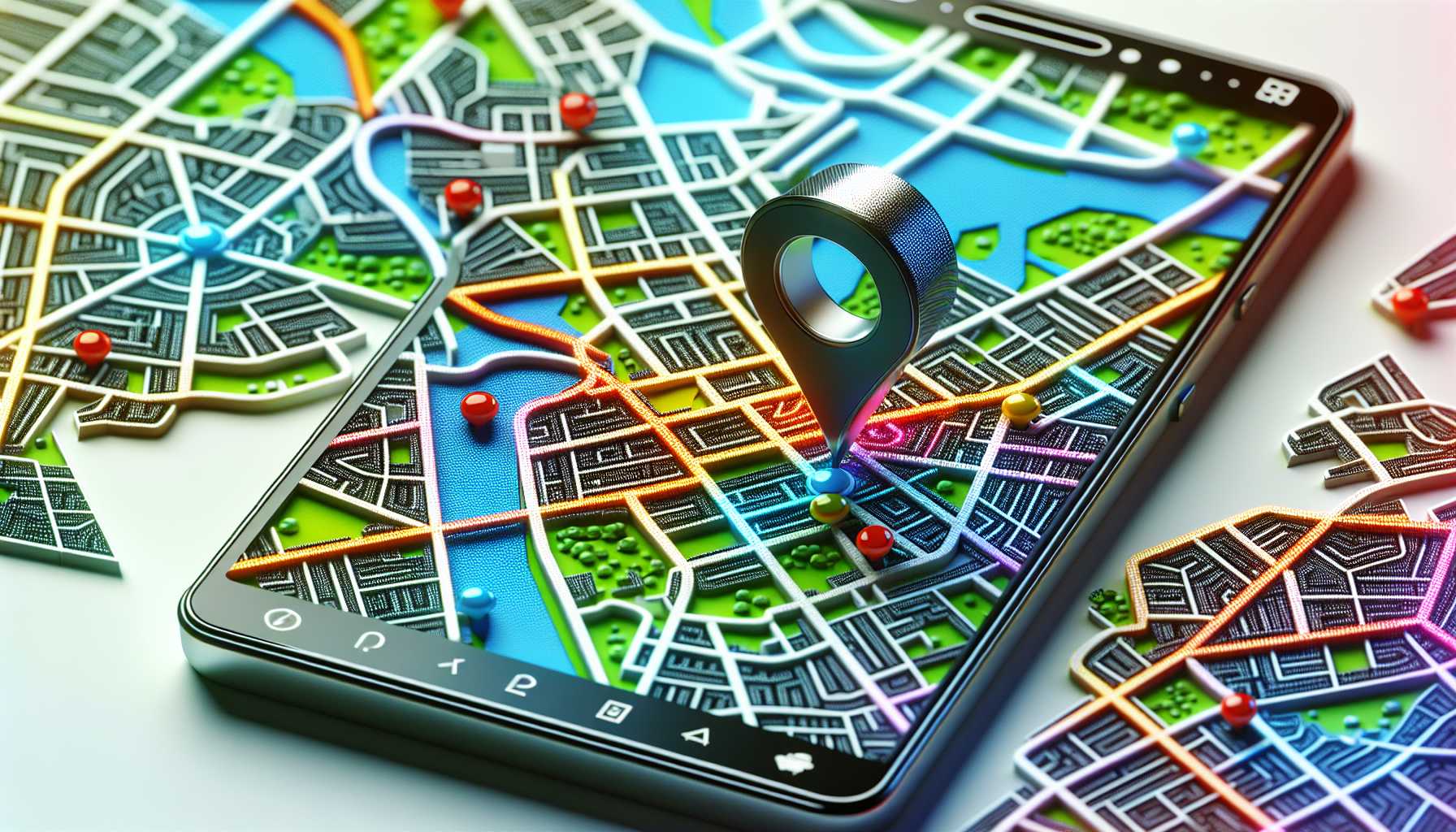As our smartphones have woven themselves irreversibly into the tapestry of our daily activities, the mere thought of a phone slipping into the hands of a digital marauder can send chills down our spine. Apple, island of ingenuity that it is, has anchored a lifeboat in this sea of anxiety with its latest iOS 17.3 update. This beacon of defense is designed to fortify your digital stronghold: Stolen Device Protection. Brace yourself for a whirlwind tour of this tech innovation and how it promises to cast a shield over our digital lives.
A Tale of Modern Larceny: The Urgent Need for Enhanced Security
 Imagine yourself sipping a latte at your local coffee shop, your iPhone nestled safely in your coat pocket. But alas, the unthinkable happens – your trusty tech companion is spirited away by a crafty thief looking to dive into your digital treasure trove. This Dickensian scenario, far from a work of fiction, elucidates the precarious tightrope we walk when it comes to smartphone security. Enter Apple’s Stolen Device Protection – not merely a feature, but a sentinel standing guard. Now, I’ve seen my fair share of security features across the spectrum of tech products, but this latest spade from Apple’s deck is intriguing. Designed to counteract sly social engineers and late-night bar larcenists, this feature isn’t a reactive GPS ping on a missing phone. No, it’s a far more proactive creature.
Imagine yourself sipping a latte at your local coffee shop, your iPhone nestled safely in your coat pocket. But alas, the unthinkable happens – your trusty tech companion is spirited away by a crafty thief looking to dive into your digital treasure trove. This Dickensian scenario, far from a work of fiction, elucidates the precarious tightrope we walk when it comes to smartphone security. Enter Apple’s Stolen Device Protection – not merely a feature, but a sentinel standing guard. Now, I’ve seen my fair share of security features across the spectrum of tech products, but this latest spade from Apple’s deck is intriguing. Designed to counteract sly social engineers and late-night bar larcenists, this feature isn’t a reactive GPS ping on a missing phone. No, it’s a far more proactive creature.
Unpacking the Magic Behind Stolen Device Protection
 The foundation of Apple’s Stolen Device Protection is a pristine blend of biometrics and intelligent location awareness—a veritable secret sauce for digital safety. With the iOS 17.3 upgrade, accessing your most sensitive assets, such as passwords or payment information, morphs from passcode reliance to a mandatory Face ID or Touch ID challenge. Even attempting to adjust a security setting while away from your recognized havens triggers a strategic pause, a biometric reconfirmation one hour later. This gives you, the rightful owner, a window to flag your iPhone as lost before any mischievous entity maneuvers their way through your phone’s defenses. I tip my hat to the architects behind this ingenious evolution in device security, rising as it does from the ashes of relative predictability. It is an eloquent answer to a world where data, digital identity, and online safety are precariously perched on the edge of vulnerability.
The foundation of Apple’s Stolen Device Protection is a pristine blend of biometrics and intelligent location awareness—a veritable secret sauce for digital safety. With the iOS 17.3 upgrade, accessing your most sensitive assets, such as passwords or payment information, morphs from passcode reliance to a mandatory Face ID or Touch ID challenge. Even attempting to adjust a security setting while away from your recognized havens triggers a strategic pause, a biometric reconfirmation one hour later. This gives you, the rightful owner, a window to flag your iPhone as lost before any mischievous entity maneuvers their way through your phone’s defenses. I tip my hat to the architects behind this ingenious evolution in device security, rising as it does from the ashes of relative predictability. It is an eloquent answer to a world where data, digital identity, and online safety are precariously perched on the edge of vulnerability.
Embracing the Stolen Device Protection: A Step-By-Step Guide
 Don your digital life jackets, folks – it’s time to buoy up your iPhone’s security. The feature is disarmingly simple to engage: 1. Journey to the ‘Settings’ 2. Navigate to ‘Face ID & Passcode’ 3. Enter the sanctum with your device passcode 4. Seek the fabled ‘Turn On Protection’ link and bestow a tap upon it 5. Voila! The Stolen Device Protection is now your silent guardian What is worth noting, as a tech enthusiast and cognoscente, is that this narrative unfolds slightly differently on foreign shores. When your device deems you in unfamiliar terrain, eager to tinker with your settings, it courteously responds with a firm but fair delay. The intention? To transport you back within the comforting cradle of familiar coordinates.
Don your digital life jackets, folks – it’s time to buoy up your iPhone’s security. The feature is disarmingly simple to engage: 1. Journey to the ‘Settings’ 2. Navigate to ‘Face ID & Passcode’ 3. Enter the sanctum with your device passcode 4. Seek the fabled ‘Turn On Protection’ link and bestow a tap upon it 5. Voila! The Stolen Device Protection is now your silent guardian What is worth noting, as a tech enthusiast and cognoscente, is that this narrative unfolds slightly differently on foreign shores. When your device deems you in unfamiliar terrain, eager to tinker with your settings, it courteously responds with a firm but fair delay. The intention? To transport you back within the comforting cradle of familiar coordinates.
Setting the Scene for Security: Know Thy Familiar Terrains
 For an additional flourish of providence, it’s shrewd to chart your familiar landscapes within your iOS device. This cartographic decision not only aids in Directions but becomes integral in the swift functionality of the Stolen Device Protection feature. Neglect to set your home base, and you may find yourself adhering to the hour-long vigil—even in your own abode. As a writer who thrives on decrypting the hieroglyphs of tech jargon, I commend this suave solution. While the feature will not teleport your physical device back into your palm, it staunchly fortifies the digital ramparts that preserve your identity, contacts, creations, and connections.
For an additional flourish of providence, it’s shrewd to chart your familiar landscapes within your iOS device. This cartographic decision not only aids in Directions but becomes integral in the swift functionality of the Stolen Device Protection feature. Neglect to set your home base, and you may find yourself adhering to the hour-long vigil—even in your own abode. As a writer who thrives on decrypting the hieroglyphs of tech jargon, I commend this suave solution. While the feature will not teleport your physical device back into your palm, it staunchly fortifies the digital ramparts that preserve your identity, contacts, creations, and connections.
The Broader Stroke of iOS 17.3: Of Collaboration and Commemoration
 Apart from this stalwart security feature, iOS 17.3 unfurls its canvas to reveal other impressive brushstrokes like collaborative playlists in Apple Music and the commemorative Unity wallpaper for Black History Month. It’s a subtle reminder of how technology can indeed mirror society’s rhythm and heartbeat. From tech aficionados to novices, the update invites users to sway to a symphony of cooperation and remembrance, deposited neatly alongside practical advancements. It is a testament to a future where our devices do more than process and connect—they reflect and celebrate. In conclusion, the unveiling of Stolen Device Protection within iOS 17.3 emerges not as mere tech news but as a narrative to engage with, a milestone to consider seriously in our digital journey. As you saunter back into your daily digital deeds, carry with you the awareness of this shield, and may it stand sentinel over your valued virtual vistas.
Apart from this stalwart security feature, iOS 17.3 unfurls its canvas to reveal other impressive brushstrokes like collaborative playlists in Apple Music and the commemorative Unity wallpaper for Black History Month. It’s a subtle reminder of how technology can indeed mirror society’s rhythm and heartbeat. From tech aficionados to novices, the update invites users to sway to a symphony of cooperation and remembrance, deposited neatly alongside practical advancements. It is a testament to a future where our devices do more than process and connect—they reflect and celebrate. In conclusion, the unveiling of Stolen Device Protection within iOS 17.3 emerges not as mere tech news but as a narrative to engage with, a milestone to consider seriously in our digital journey. As you saunter back into your daily digital deeds, carry with you the awareness of this shield, and may it stand sentinel over your valued virtual vistas.
And Finally, the Light of Truth: Fact-Checking in the Digital Wilderness
In a world brimming with ambiguities, where the line between truth and disinformation is incessantly blurred, tools like Google’s Fact Check Explorer stand as lighthouses. They guide us through choppy waters of dubious claims and viral fallacies. As a vigilant observer and participant in the digital conversation, the value of veracity can never be overstressed. Clinging to reliable resources, like the Fact Check Explorer, provides the keen critical eye necessary to dissect and discern the realities that shape our understanding and inform our decisions. As technology continues to telescope forward, it serves us well to remain anchored to the bedrock of truth, ensuring that what we embrace and disseminate stands resilient under the weight of scrutiny. Below, please find the JSON string to generate the accompanying images





